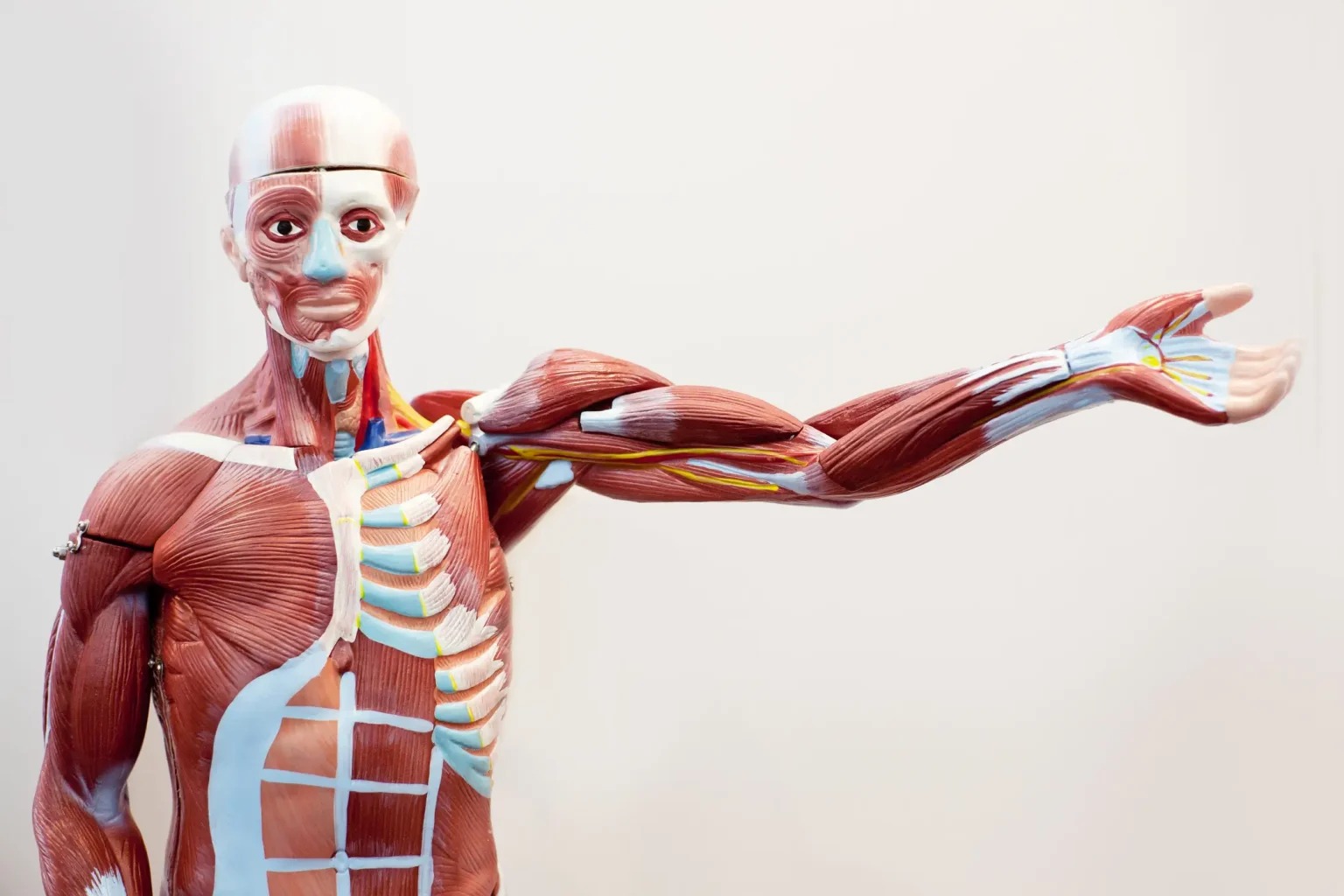
Program Path: Healthcare
Medicine is a team sport, it’s less about doctors and more about a community of committed experts working together to meet patients’ wellness goals. Known as allied health professionals, they’re […]
Program Path: Legal Studies
Paralegals perform essential functions in law firms and government agencies. Fulfilling a support role to attorneys, the paralegal may help with research, writing, compiling evidence and a range of other […]


Program Path: Health and Wellness
Are you interested in becoming a massage therapist? Did you know that it is one of the most rewarding career fields? It offers respite and relief for people suffering from […]
Call Us Today or Complete The Form at the Top of The Page to Take the Next Step Toward Your New Career!

Gwinnett
Colleges & Institute
Gwinnett Colleges and Institute cannot guarantee employment or a minimum starting salary upon graduation; however, placement assistance is available upon successfully completing the selected program.
For state authorization and accreditation information, please refer to the location page associated with the campus you are interested in.
Disclosures and Catalogs
For Consumer Information, Disclosures, and Course Catalogs, please click the above link.
Sources and related content